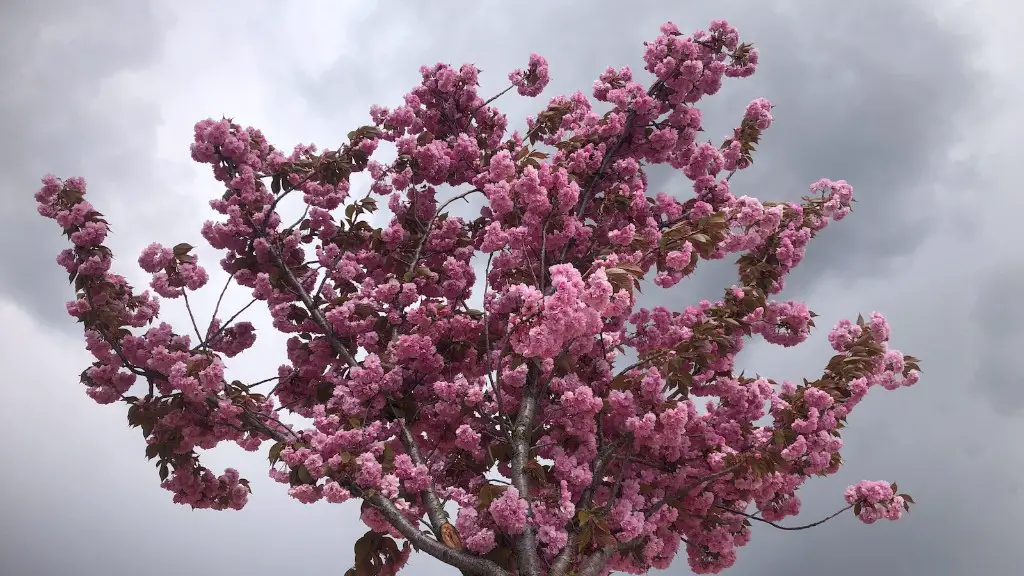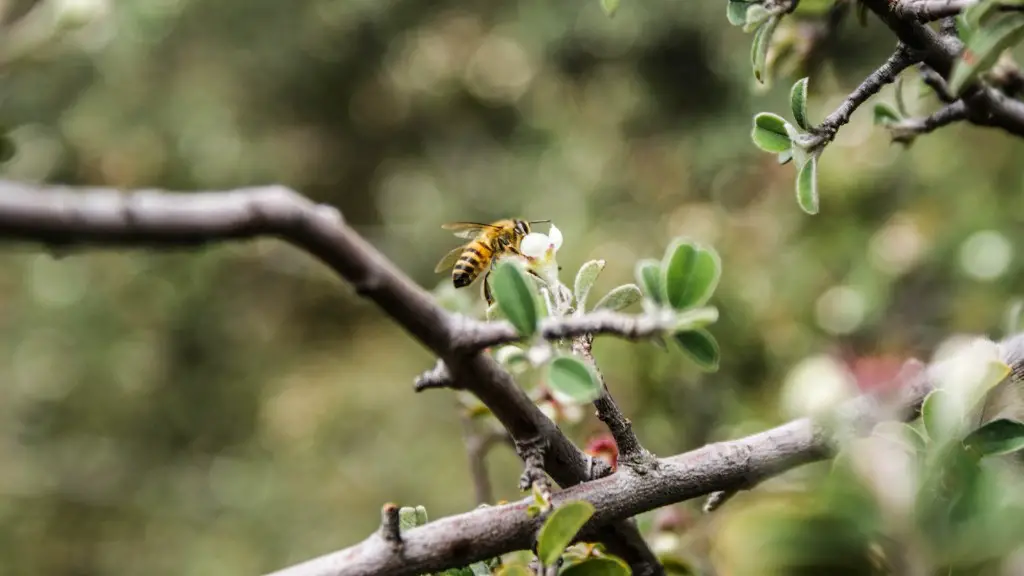Historical Context
Cherry blossom trees are popular trees worldwide, although their specific origins are obscure. It is believed that cherry blossom trees were first cultivated in Japan during the Heian period (794-1185). Since then, the trees have become closely associated with Japanese culture and have spread to other parts of the world.
Cherry blossom trees became so iconic in Japan that they inspired the Hanami, or flower viewing, tradition. Hanami typically occurs during spring, when the trees bloom with pink flowers. The festival is a popular seasonal event in Japan and the Japanese diaspora.
Growth Cycle
So, how long does it take to grow a cherry blossom tree? Generally, it takes 4-5 years for a cherry blossom tree to bloom. The growth cycle varies depending on prevailing environmental conditions, but in 5 years, most cherry blossom trees will produce their characteristic pink flowers.
The growth of a cherry blossom tree also depends on several factors, such as the climate, soil type, and the species of tree. For example, in warmer climates, the growth rate is typically faster, while in colder climates, the growth rate is usually slower. Soil type also affects a cherry blossom tree’s growth rate – the presence of moisture, air, and organic matter all promote vigorous growth.
Species Differences
The type of cherry tree also affects its growth rate. For example, the Satozakura cherry tree, also known as the Japanese weeping cherry tree, typically grows faster than other varieties in colder climates. On the other hand, in warmer climates, the Kwanzan or Yoshino tree is a better option as it offers a longer blooming period.
Nevertheless, regardless of the climate and species, cherry blossom trees take around 4-5 years to bloom. Therefore, if you want to experience the symbolic beauty of these trees, you need to be patient!
Maintenance
Caring for a cherry blossom tree requires diligence and attention. To begin, cherry blossom trees need to be planted in nutrient-rich, well-drained soil. To ensure optimum water availability, use a high-quality mulch or compost. Furthermore, the cherry blossom needs to be fertilized at least once a year – generally in spring or autumn.
Cherry blossom trees also need regular pruning, especially when they’re young. This will encourage the development of a strong, robust tree structure. To avoid damaging the tree, use sharp, sterilized pruning shears or hedge trimmers.
Pest Control
Lastly, cherry blossom trees suffer from pests such as aphids and spider mites. To mitigate these pests, firstly check the tree regularly for signs of pests such as discoloration and wilting leaves. Secondly, spray the cherry blossom tree with a hose to dislodge pests. Finally, for a more sustained pest control solution, employ a systemic pesticide such as neem oil or insecticidal soaps.
Symbolic Significance
Cherry blossom trees have tremendous symbolic and cultural significance. In Japan, the tree is seen as a metaphor for life and its transient beauty. The blossoms of a cherry blossom tree are short-lived, yet they are a vivid reminder of the cycle of life.
The blossom’s distinctive pink hue has also inspired numerous works of art, poetry and literature. People around the world are captivated by the beauty of the cherry blossom tree, and even use it as a symbol of hope, renewal, and optimism.
Global Impact
The popularity of cherry blossom trees is not only confined to Japan – they are popular around the world, from the United States and Canada to Europe, Australia and New Zealand. These countries all host a variety of cherry blossom festivals of their own, allowing people to experience the symbolic beauty of the tree.
Cherry blossom trees are also a popular choice for gardens and landscaping. Even in urban, commercial spaces such as shopping centers and office buildings, cherry blossom trees are often used to bring life and beauty. This is because the trees, with their unique colors and shapes, create an alluring ambience.
Environmental Benefits
Finally, cherry blossom trees offer environmental benefits: Firstly, the trees provide a much-needed habitat for various wildlife species. Additionally, the trees’ deep, extensive root system helps to improve soil conditions, reduce soil erosion, and improve air quality. Trees also enhance water quality by filtering contaminants from runoff into waterways.
What’s more, cherry blossom trees are exceptionally durable and resistant to diseases, providing an aesthetically pleasing solution to changing climates. This makes them an excellent choice for landscaping in diverse environments.
Aesthetic Appeal
Aesthetically, cherry blossom trees offer a truly wonderful array of colors. Depending on the season and the species, the blossoms can range from light pink and pale yellow to bright white and deep raspberry red. When the wind blows, the petals take on a theatrical, ethereal quality that’s simply mesmerizing.
The tree’s unique feathery flowers create a peaceful, tranquil atmosphere, which is perfect for those looking to relax and unwind. Whether planted alone or in clusters, the cherry blossom tree is certain to bring life and beauty to any space.
Pros and Cons
All things considered, cherry blossom trees are an excellent addition to any garden, landscape, or property. They are generally easy to manage, relatively low maintenance, and resistant to pests and disease. However, there are a few drawbacks to consider.
The cherry blossom tree can be susceptible to damage from harsh cold and winds, as well as powdery mildew. Furthermore, the blossoms are short-lived – in the span of a few weeks, the tree’s color and vibrancy fades, leaving only a plain, leafy tree.
Conclusion
In summary, it takes 4-5 years for a cherry blossom tree to bloom. Growing time may vary according to species, climate and soil conditions, but generally, the tree will reach maturity in 5 years.
Cherry blossom trees offer numerous environmental benefits and aesthetic appeal. They make excellent additions to any garden, landscape or environment, with minimal maintenance requirements. However, the blossoms are short-lived, and the tree is susceptible to damage from cold, wind, and powdery mildew.
Nevertheless, the tree is a vivid symbol of life’s beauty, and its popularity continues to grow worldwide. Through its distinctive colors, structure, and blooms, the cherry blossom tree is a reminder of the beauty and transient nature of life.

